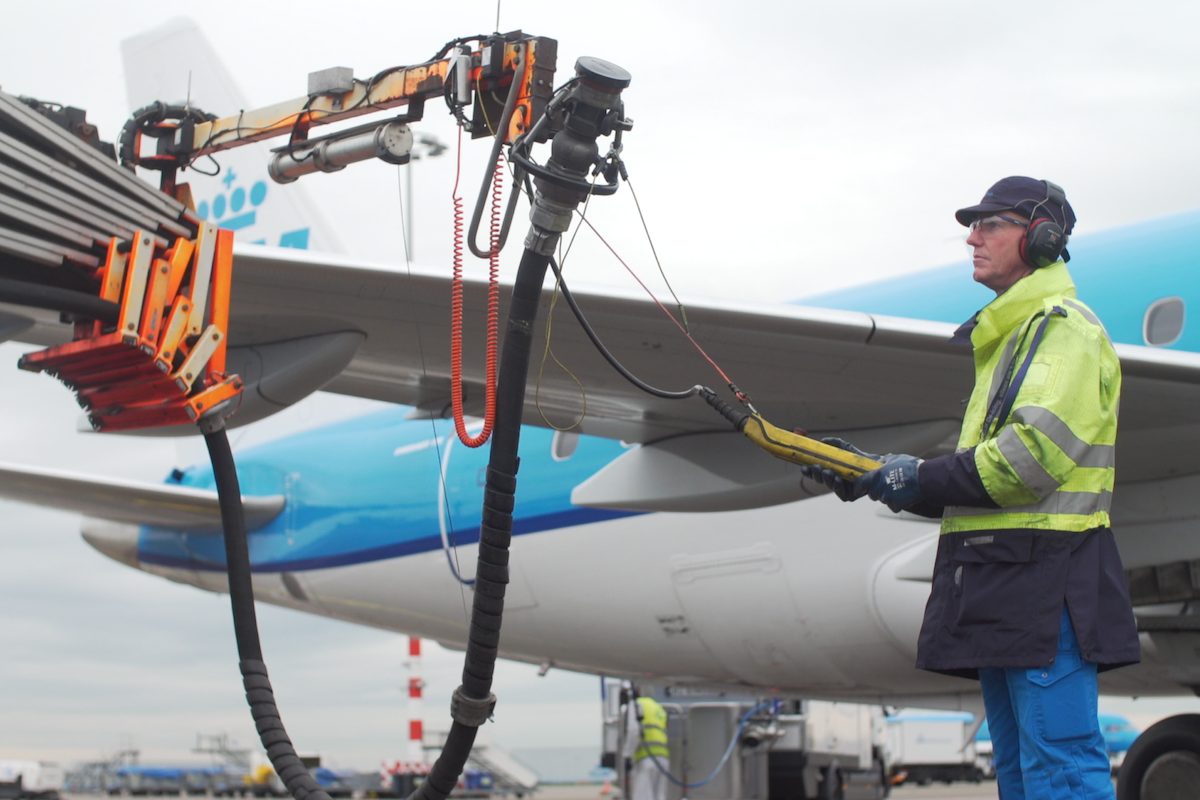The Meteoric Fall of Canada From World Tourism Rankings

Skift Take
Canada was once the second most visited country in the world, only behind Italy, back when all planes crossing the Atlantic had to stop in Newfoundland. But that ended in the 1970s, and today, as the world is going through a travel boom and more than a billion travelers crossed national boundaries around the planet last year, Canada has slipped to the 18th spot, trailing countries such as Ukraine and Saudi Arabia.
And lest you think that it couldn’t go worse from there, the number of international travelers to Canada has dropped 20 percent since 2000. How bad is it? Even the declining guidebook industry began cutting Canada titles in the mid 2000s.
A dive into the reasons of this decline were outlined in recent research by Deloitte Canada called “Passport to growth: How international arrivals stimulate Canadian exports”. The main purpose of the report is to show how a turnaround of the tourism sector could have a significant impact on Canadian exports.
While Canada remains a recognized and respected “brand” in international country rankings, it has been less successful at using its brand to attract travelers. Among the biggest reasons for this decline is that tourism hasn’t been a national priority for the country for a long time now, either for the government or the businesses in the country. The tourism sector employs 600,000 Canadians and yet represents just 2 percent of national GDP, generating $22.7 billion in tax revenue.
Few organizations if any have done any research on the relationship between travel and trade in the Canadian market, and yet the world over, studies showing such connections have been used to boost policies to open up trade and tourism.
Related Read:
- Why Canada Doesn’t Waste Its Time Or Money On Marketing In The U.S.
- Canadian Hotels See Little Growth In 2012 Thanks To Stagnant Tourism Industry
Flying in and out of Canada has been expensive; its air travel sector has high base fares, fees and taxes, all of which conspire to make Canada a less desirable destination. The government’s Standing Senate Committee on Transport and Communications has recommended phasing out airport ground rents over the short term, and transferring airport ownership to airport authorities over the long term. These changes would help lower fares paid by travelers to Canadian airports, and create incentives for new airport development projects.
The country may also have to reform its visa issuance, where long wait times and labour disputes are making Canada inaccessible for many travelers, the report says.
And it may be more trouble ahead before it can get better: Canada also has an aging population, which means a looming labour shortage for Canadian businesses. The industry will have to think of new ways to offer career growth and development opportunities that attract and retain talent.
Canada has also done little to attract tourists from beyond the familiar stable of countries it has always relied on — U.S., Britain, France, Germany and Australia — while the growth of visitors as we well know has been elsewhere, in emerging economies. The high Canadian dollar has meant lower figures from its staple supplier United States.
Besides the emerging economies of Asia and Latin America, the youth traveler demographic has been rising steadily, and yet Canada has done little to appeal to them and create a more exciting and young brand to attract youth travelers. Obviously, to regain its standing, Canada will have to create new products that appeal to new demographics and meet the needs of travelers from a range of cultural and geographic backgrounds.




